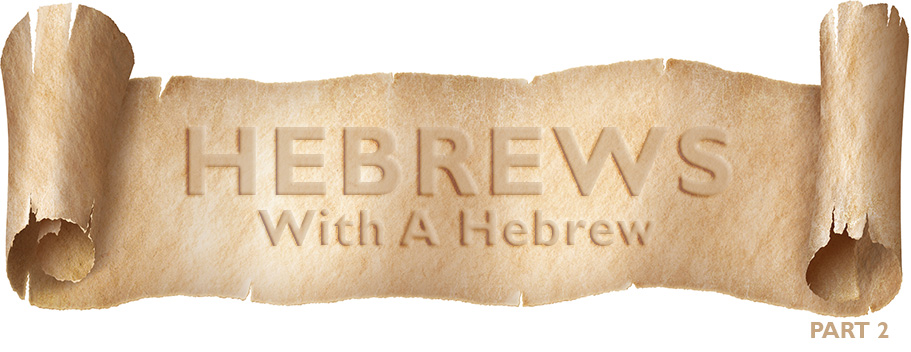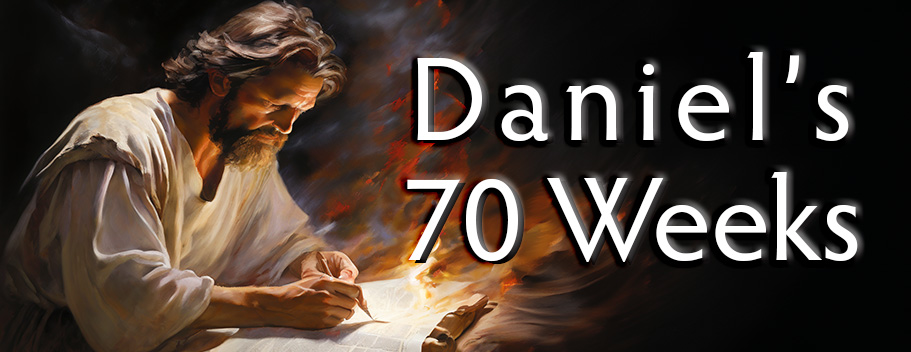“Long ago, at many times and in many ways,
God spoke to our fathers by the prophets,
but in these last days, he has spoken to us by his Son.”
Hebrews 1:1
The letter to the Hebrews opens with no mention of who the author is nor those to whom the letter addresses. Instead, it opens with majestic language, laying out the great contrast between the Old Covenant and the New. In this way, readers understand how the author structures the balance of the letter. The writer presents an aspect of Old Covenant life and religion and then demonstrates how the coming of the Son of God in the New Covenant brings forth something far better.
One of the ways the writer does this is to show both the continuity and discontinuity that followed after the Son of God appeared. Continuity is seen when a reality from the Old Covenant is carried over into the New. Discontinuity shows that a function of the Law and the Prophets no longer functions in the New.
The author opens with a statement showing a chief aspect of the continuity between the covenants in the two words God spoke. Going back to the very beginning of Scripture, we learn that God spoke to the first man and woman on the planet. Through his spoken word, God instructed Adam and Eve regarding the meaning of life in the Garden. Without this instruction from their Creator, our first parents would have been lost. But this opening statement in Hebrews focuses on God’s word through the Old Testament Prophets. This statement that God spoke to the fathers through the Prophets, means that the writings contained in the Hebrew Bible (Old Testament) were the utterances of the Prophets. Paul, in the letter to the Romans refers to them as the “prophetic writings” (Romans 16:26).
The writer states that “God spoke to our fathers by the prophets at “many times” and in “many ways.” “Many times” refers to the whole period of Old Testament history, while “many ways” refers to the various ways in which the word was spoken. Moses was a preacher and spoke the word to the people of Israel before crossing Jordan and coming into the Promised Land, while David, the sweet Psalmist of Israel, sang his message. On the other hand, Hosea acted out his message by marrying a prostitute, thus dramatizing Israel’s unfaithfulness.
But if there is continuity between the covenants (God spoke in both), in verse 2, the writer suddenly introduces a discontinuity; whereas God spoke in times past to the Hebrew fathers through Prophets, in these last days, he has changed his entire manner of speaking. Now, he speaks exclusively in these last days through a Son who does not bring a partial or fragmentary revelation of God as the Old Testament Prophets did. Instead, as the Son, he brings a full and complete revelation. That means that everything God has to say to humanity was spoken, once for all, when the Son of God appeared.
Nowhere is this more clearly seen than when the Son brought three of his apostles to the top of the Mount of Transfiguration and was transformed before them (Matthew 17:1-8). Suddenly, Moses and Elijah appeared, conversing with the Jewish Messiah. Peter, overwhelmed with the scene, suggests that Jesus allow him to “make three tents here, one for you, one for Moses and one for Elijah” (Matthew 17:4). As he spoke, a bright cloud overshadowed them, and a voice from the cloud said, “This is my beloved Son, with whom I am well pleased; listen to him” (17:5). When the disciples heard the voice, they fell on their faces and were terrified. But Jesus touched them and spoke the words, “Rise, and have no fear” (17:7). When they lifted up their eyes, they saw no one but Jesus alone (17:8).
What a powerful testimony to the fact that the glorified Messiah came and brought to his people a full and final revelation. Moses and the Prophets brought us a fragmentary revelation, but the Son has now come, and his final word is all we will ever need. The only thing left for us to do is as the Father instructed: listen to Him!
Finally, we should note the author’s mention that this word the Son brings occurs in the “last days.” Most people who hear or read that term immediately assume that this refers to the Monday, Tuesday, and Wednesday just prior to the Rapture. But that can’t be true since the writer includes himself in this period of time. This phrase more likely refers to the very end of the Old Covenant era, when God would bring to a close the Hebrew system by introducing a new covenant.
This fact (that the last days refer to the end of the Old Covenant era) helps to date this book. It must have been written sometime before the destruction of the temple in 70 A.D. When that occurred, the last vestiges of the Old Covenant were permanently removed. The writer speaks as though the temple and its services still function yet are ready to vanish (Hebrews 8:13).



0 Comments